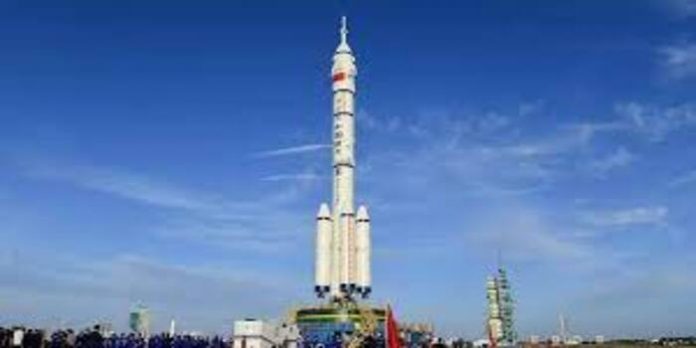China successfully launched three astronauts into space on Thursday, bringing the country one step closer to completing its new space station. The Shenzhou-12 spacecraft, or Divine Vessel, was launched on a Long March-2F carrier rocket Thursday morning, from the Jiuquan Satellite Launch Center in northwest China’s Gobi Desert and the lift-off was at 09:22 Beijing time (01:22 GMT).
The three men in the crew – Nie Haisheng, Liu Boming and Tang Hongbo – are to spend three months aboard the Tianhe module some 380km (236 miles) above the Earth. The crew successfully docked with the space station just over seven hours after the launch. The mission sent the crew to the core module of the planned space station, called Tiangong or Heavenly Palace, which is still under construction in a low-Earth orbit. It will be China’s longest crewed space mission to date. During the three months, two astronauts will conduct two long-duration spacewalks. After this mission, another three crewed spacecrafts and two laboratory modules will be sent to the space station, with the aim of completing its construction by the end of 2022. The Shenzhou-12 mission is the first crewed mission and the third launch of a total of 11 launches for China’s space station construction. This is also China’s first manned mission in nearly five years.
In the past six months, the country has returned rock and soil samples to Earth from the surface of the Moon, and landed a six-wheeled robot on Mars – both highly complex and challenging endeavours.






















